What if I told you that everything you think you know about Egypt barely scratches the surface?
Sure, you’ve seen the iconic silhouette of the Great Pyramid on a thousand postcards. You’ve marveled at the riddle of the Sphinx. But beyond these famous monuments lies a treasure trove of archaeological wonders that most travelers never discover—sites so spectacular they could redefine your understanding of one of history’s greatest civilizations.
Egypt isn’t just about a handful of famous landmarks. It’s an entire country transformed into an open-air museum, where every grain of sand might conceal a 4,000-year-old artifact, and where modern discoveries continue to reshape our understanding of the ancient world.
The Timeless Allure of Egypt’s Archaeological Legacy
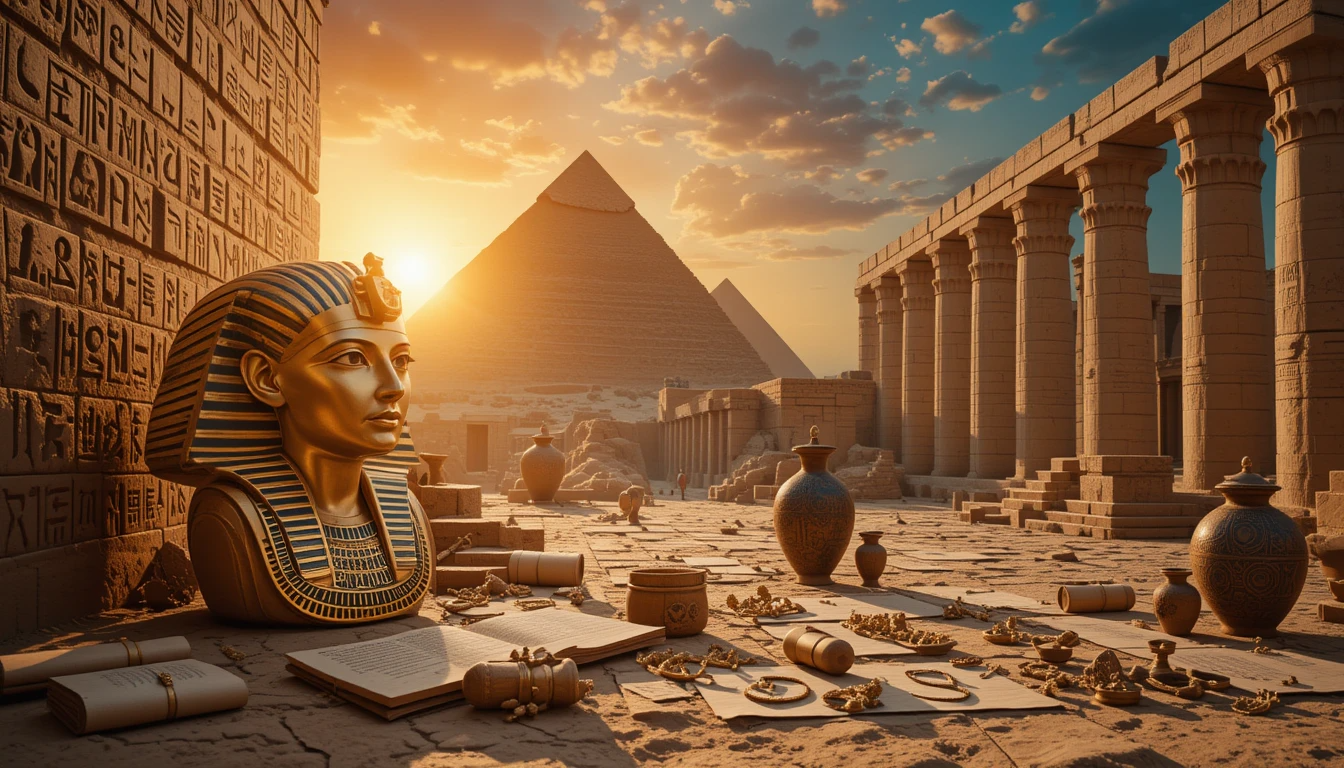
Egypt’s influence on human civilization runs deeper than perhaps any other ancient culture. This isn’t mere historical hyperbole—it’s the conclusion drawn from decades of archaeological research that continues to yield breathtaking discoveries. The ancient Egyptians weren’t just pyramid builders; they were innovators in medicine, mathematics, engineering, and art whose achievements continue to baffle experts today.
Consider this: the Grand Egyptian Museum will house over 100,000 artifacts when it fully opens in July 2025, representing the world’s largest collection dedicated to a single civilization. Among these treasures, King Tutankhamun’s complete collection will be displayed together for the first time ever, including pieces that have never been seen by the public.
The archaeological significance of Egypt extends far beyond its monuments. Recent technological advances—satellite imaging, ground-penetrating radar, and DNA analysis—are revolutionizing our understanding of ancient Egyptian society, revealing details about daily life, trade networks, and even the genetic origins of the pharaohs themselves.
The Giza Plateau: Where Ancient Engineering Defies Explanation
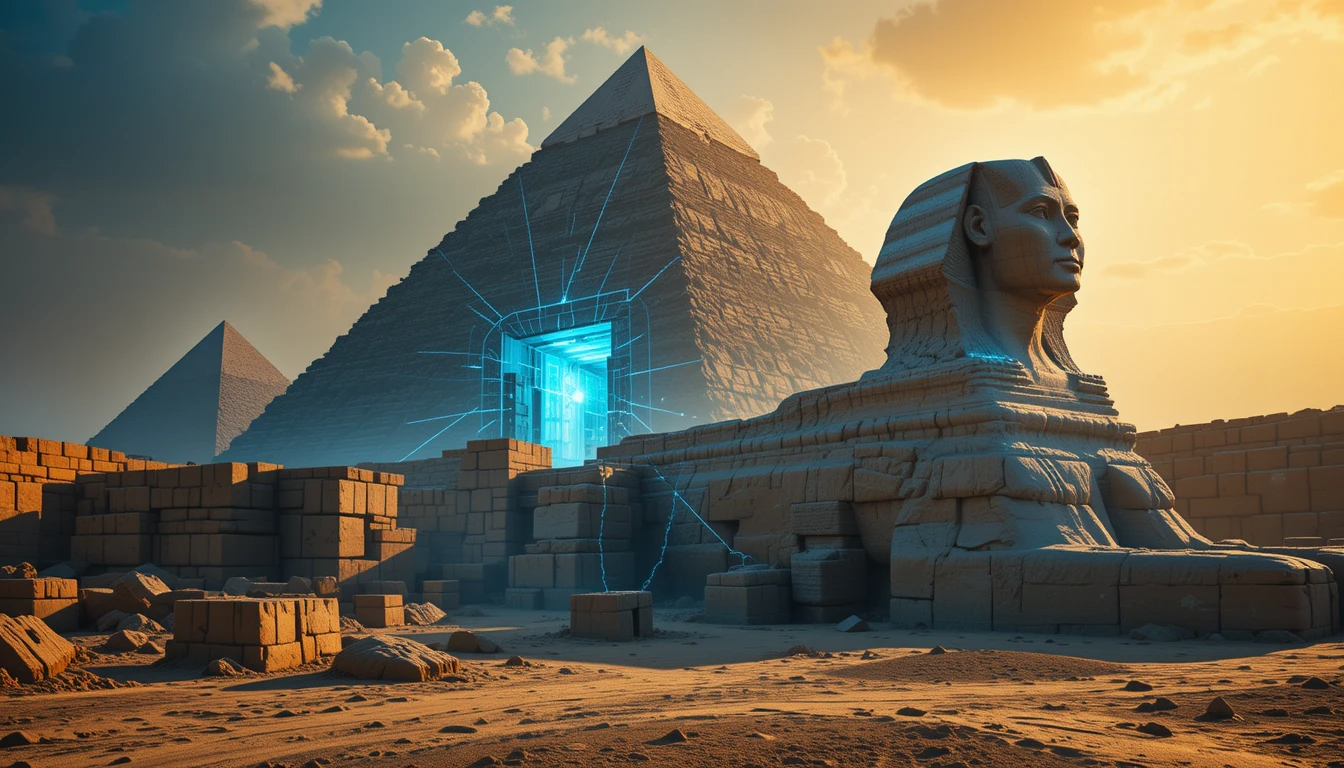
While millions flock to see the pyramids, few truly grasp the mind-bending precision of their construction. The Great Pyramid of Khufu, built over 4,500 years ago, was assembled from approximately 2.3 million limestone blocks, each weighing between 2.5 and 15 tons. To put this in perspective: if you worked around the clock, placing one block every two minutes, it would take you over 9,000 years to complete the pyramid.
But the real mystery lies not in what we can see, but in what’s hidden. Advanced scanning technologies have revealed previously unknown chambers and passages within the pyramids. In 2017, scientists detected a massive void—the size of a passenger jet—inside the Great Pyramid using cosmic ray imaging. What lies within remains one of archaeology’s most tantalizing questions.
The Sphinx, that enigmatic guardian carved from a single piece of limestone, continues to puzzle researchers. While tradition attributes its creation to Pharaoh Khafre around 2500 BCE, some evidence suggests it may be far older, possibly predating the pyramids themselves.
Luxor: The World’s Greatest Open-Air Museum
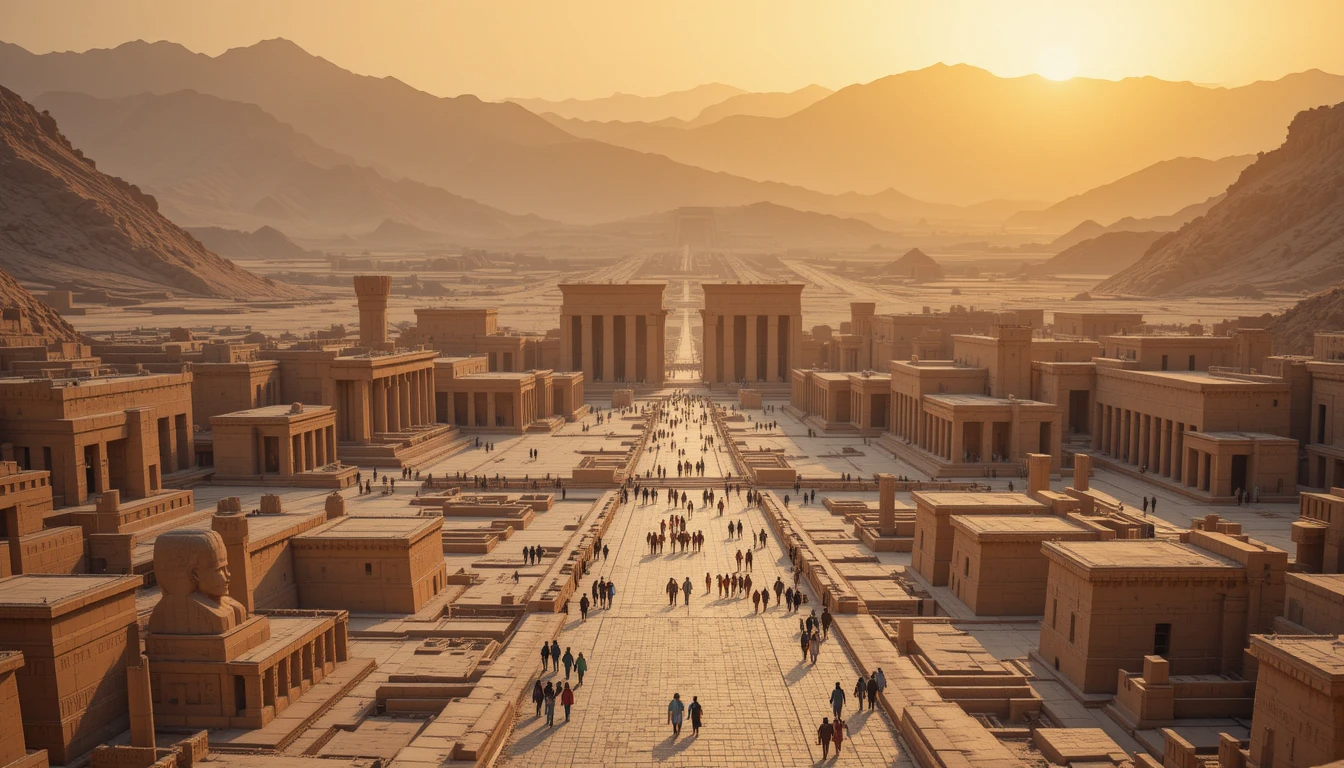
If the pyramids are Egypt’s calling card, Luxor is its masterpiece. This city, built on the site of ancient Thebes, contains nearly a third of the world’s ancient monuments within its boundaries.
The Karnak Temple Complex stands as humanity’s largest religious building, covering over 200 acres. Its construction spanned more than 2,000 years, with successive pharaohs adding their own sections. The Great Hypostyle Hall alone contains 134 massive columns, each capable of holding 50 people on its capital.
The Valley of the Kings, where pharaohs were entombed for the afterlife, has yielded 64 tombs to date, including the nearly intact burial chamber of Tutankhamun. Yet archaeologists believe many more royal burials remain undiscovered.
The Avenue of Sphinxes, recently fully restored and reopened to the public, creates a 2.7-kilometer ceremonial pathway connecting Karnak and Luxor temples. Originally lined with 1,057 statues, this ancient processional route was used during the annual Opet Festival, when statues of the gods were paraded between the temples in celebration of divine marriage and the Nile’s flooding.
Saqqara: Where Pyramid Building Was Born
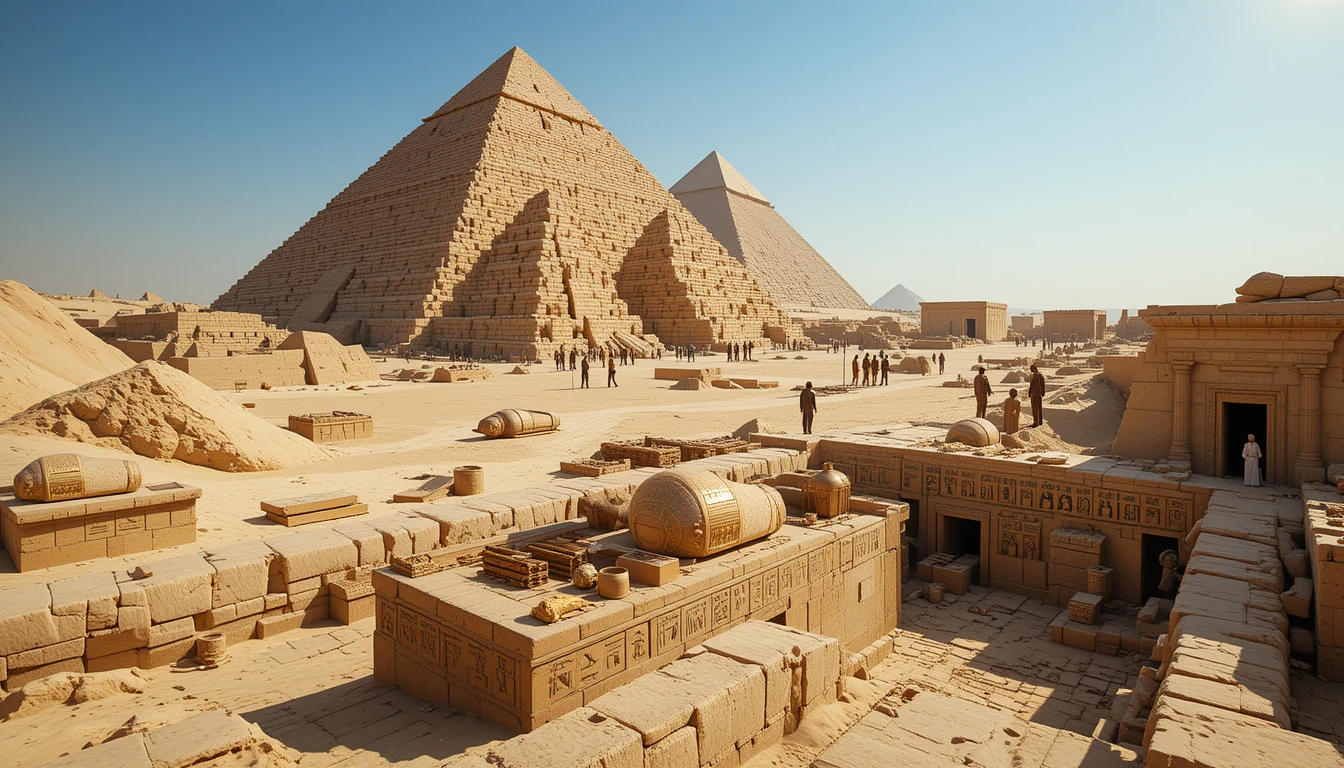
Thirty kilometers south of Cairo lies Saqqara, home to the world’s oldest pyramid and some of Egypt’s most significant recent discoveries. The Step Pyramid of Djoser, built around 2670 BCE, represents humanity’s first monumental stone building—the prototype for all pyramids that followed.
Recent excavations at Saqqara have been nothing short of spectacular. In 2020, archaeologists uncovered more than 100 sealed sarcophagi, many containing perfectly preserved mummies. The discovery of the tomb of Wahtye, a high-ranking priest under Pharaoh Neferirkare, revealed exquisite wall paintings and hieroglyphics that provide unprecedented insights into ancient Egyptian burial practices and daily life.
Abu Simbel: Engineering Marvel Twice Over
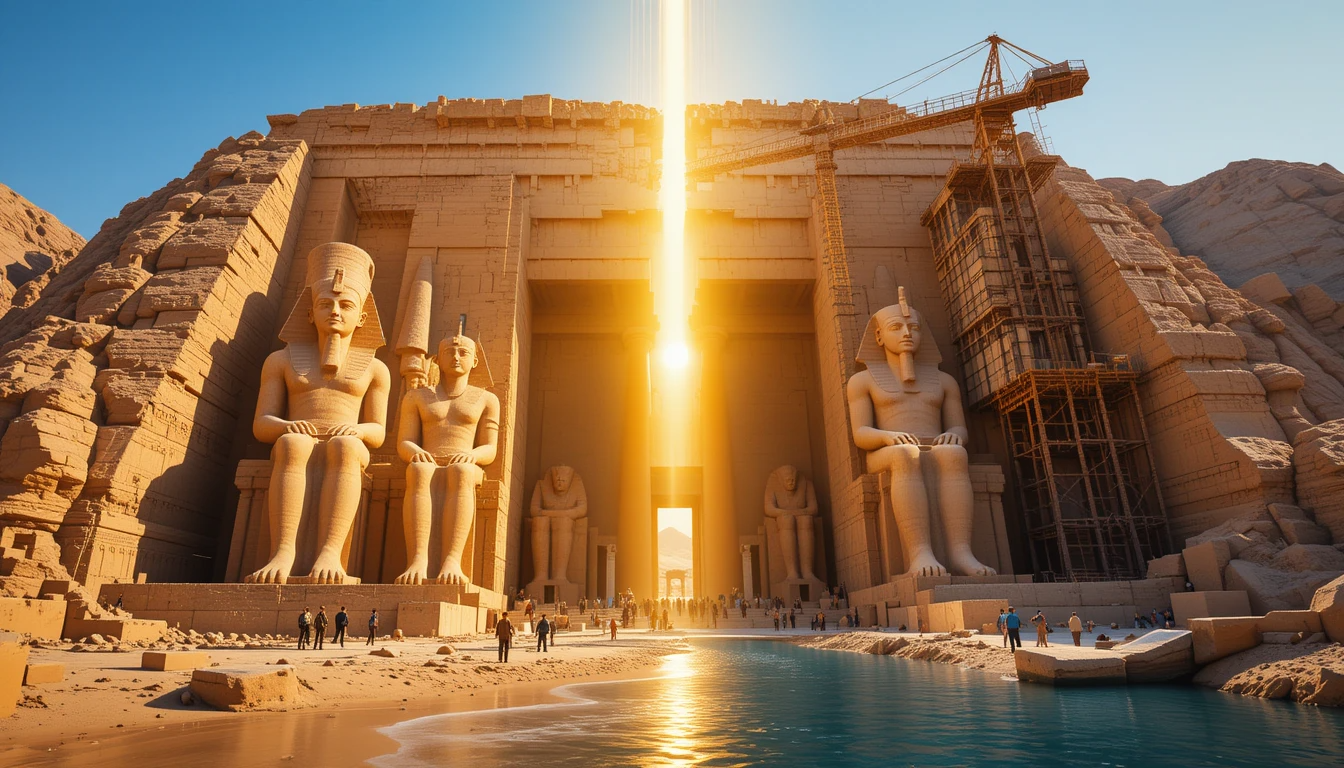
The twin temples of Abu Simbel showcase not one but two incredible feats of engineering separated by 3,000 years.
Originally carved into a cliff face by Ramses II around 1260 BCE, these temples were designed with astronomical precision. Twice yearly, on February 22nd and October 22nd, sunlight penetrates 200 meters through the temple’s corridors to illuminate the inner sanctuary, lighting up statues of Ramses II and the gods—except for Ptah, the god of the underworld, who remains shrouded in darkness.
The second engineering marvel occurred in the 1960s when the rising waters of Lake Nasser threatened to submerge the temples forever. In one of archaeology’s greatest rescue operations, UNESCO coordinated the dismantling and relocation of both temples, block by painstaking block, to their current position 65 meters higher and 200 meters back from the river. This $40 million operation took four years to complete and saved one of humanity’s greatest treasures.
Hidden Gems: Abydos and Dendera
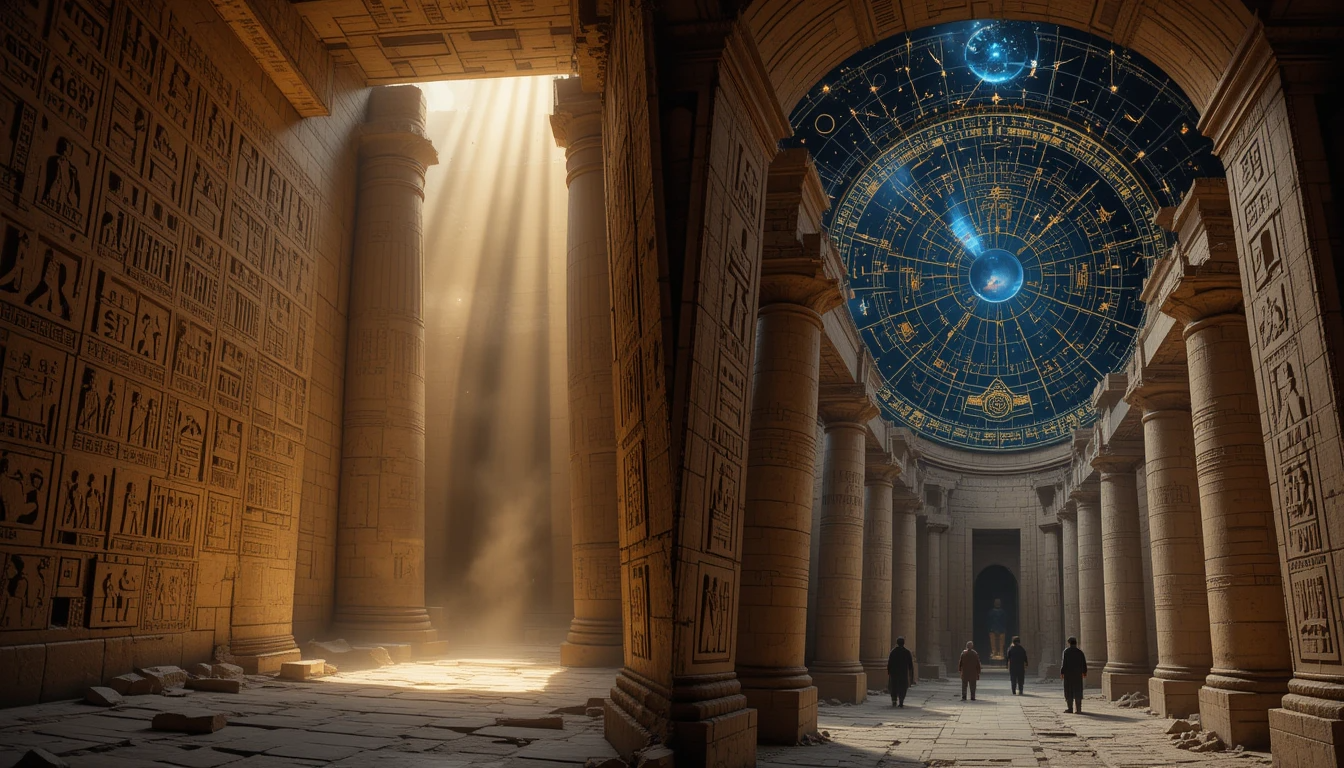
While tour buses thunder past toward more famous destinations, Abydos and Dendera offer some of Egypt’s best-preserved and most mysterious monuments.
Abydos houses the Temple of Osiris, where some of the finest relief carvings in Egypt adorn the walls. The temple’s mysterious “Abydos List” provides a chronological record of ancient Egyptian pharaohs, while controversial hieroglyphic inscriptions have sparked debates about ancient Egyptian technological capabilities.
Dendera’s Temple of Hathor contains the famous Zodiac ceiling—a stellarmap that demonstrates the ancient Egyptians’ sophisticated understanding of astronomy. The original ceiling, now in the Louvre, has been replaced by a precise replica, allowing visitors to appreciate this remarkable fusion of art and science.
Alexandria: Where Civilizations Converged
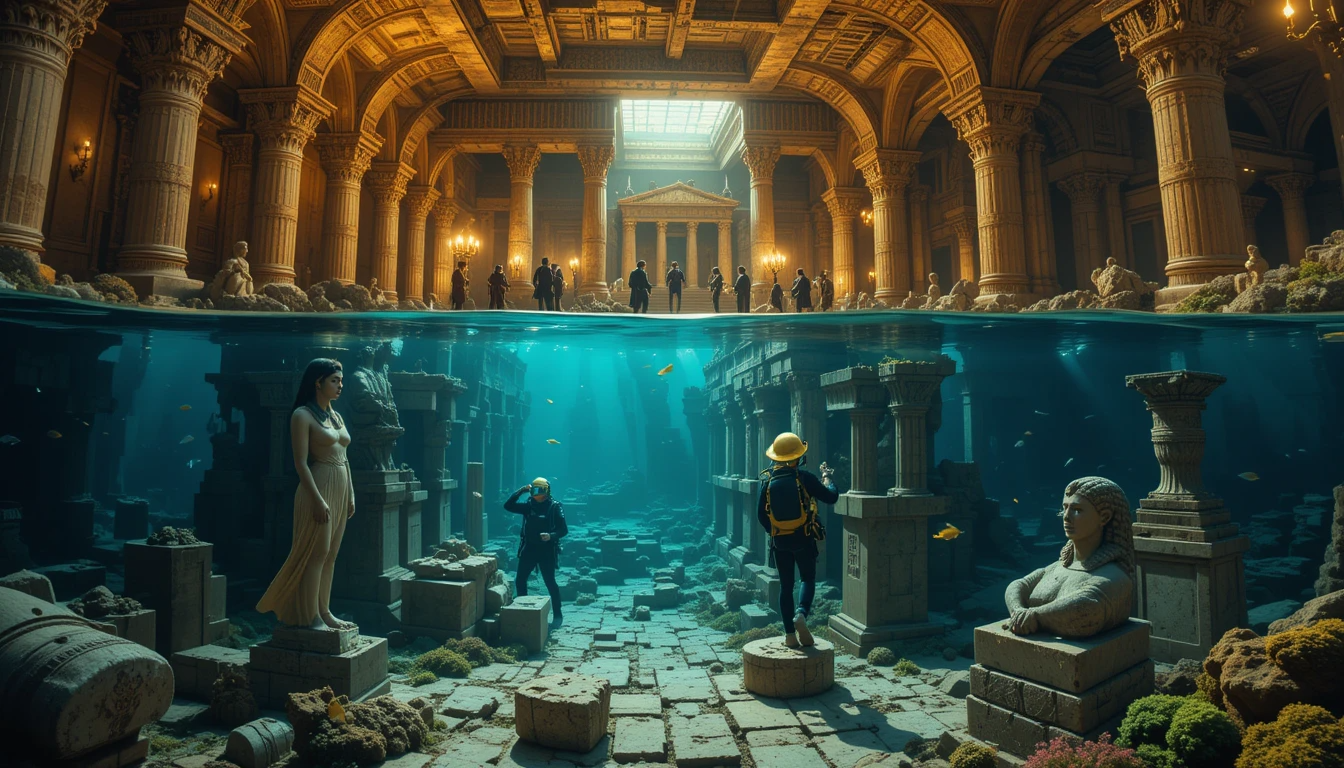
Once the intellectual capital of the ancient world, Alexandria tells the story of Egypt’s multicultural heritage. The Kom el-Shoqafa Catacombs represent a unique fusion of Egyptian, Greek, and Roman artistic traditions—a remarkable testament to Alexandria’s role as a cultural melting pot.
Underwater archaeological expeditions continue to reveal submerged sections of ancient Alexandria, including possible remnants of Cleopatra’s palace complex. These discoveries are literally reshaping the map of one of antiquity’s greatest cities.
The Nubian Monuments: Rescued Treasures
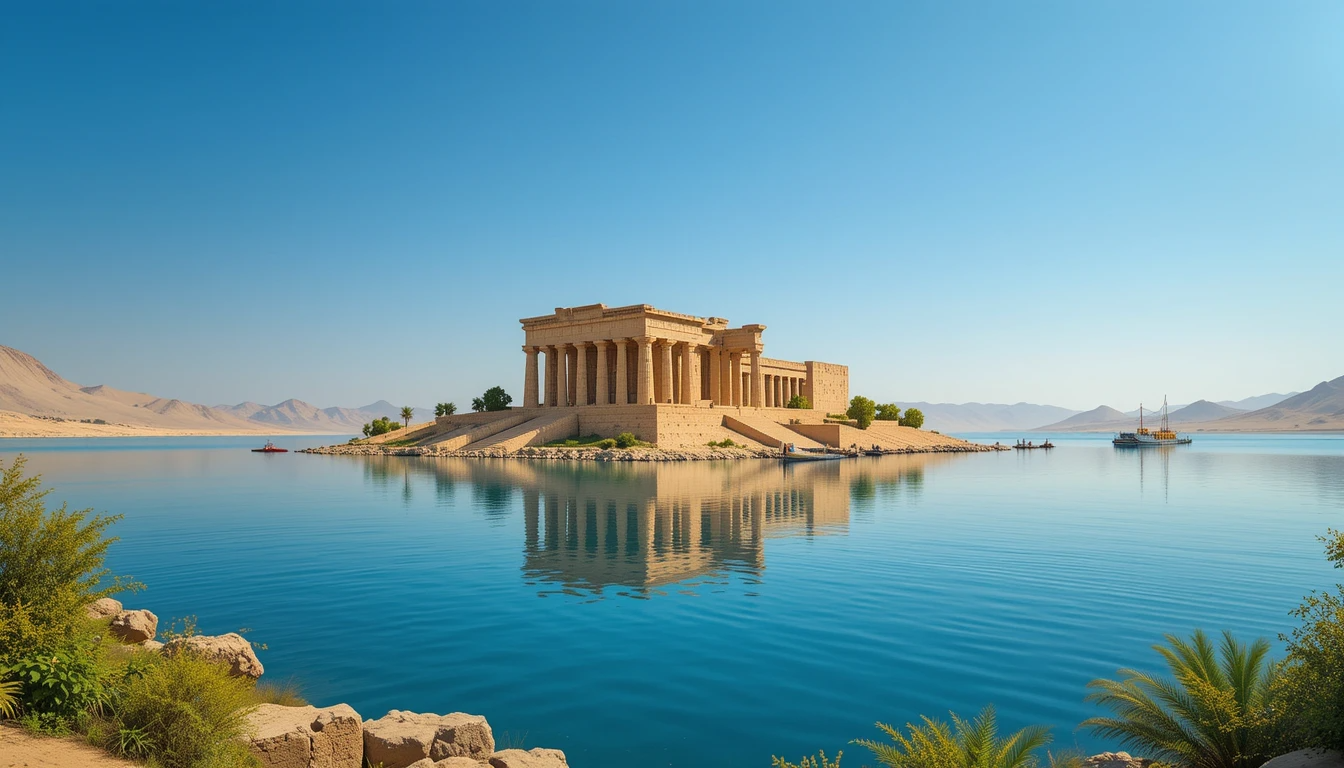
The Nubian monuments, including the exquisite Philae Temple dedicated to Isis, represent another UNESCO rescue success story. Like Abu Simbel, these temples were moved stone by stone when the Aswan High Dam created Lake Nasser. The Temple of Philae, now on Agilkia Island, showcases the profound cultural connections between Egypt and Nubia, with its intricate carvings and grand architecture intact for future generations.
Modern Archaeological Revolution

Egypt’s archaeological landscape is being transformed by cutting-edge technology. The Grand Egyptian Museum, set to fully open in July 2025, will be the world’s largest archaeological museum, displaying artifacts with state-of-the-art conservation and interactive technologies.
Satellite imagery and ground-penetrating radar are revealing hidden archaeological sites across Egypt, while DNA analysis is providing new insights into ancient Egyptian genetics and family relationships. Recent studies have even identified the probable mummies of famous pharaohs like Hatshepsut and Ramses I through genetic analysis.
Planning Your Archaeological Adventure

Best Time to Visit: October through February offers the most comfortable weather for extensive site exploration.
Site Combinations: Consider spending 2-3 days in Luxor, 1-2 days around Cairo and Giza, and at least one day for Abu Simbel. Many of the lesser-known sites can be visited as day trips from major hubs.
Practical Tips:
- Book advance tickets for popular sites, especially during peak season
- Hire qualified Egyptologists as guides for deeper historical context
- Respect photography restrictions, particularly in tombs
- Carry plenty of water and wear sun protection
- Support conservation efforts by following site rules and choosing responsible tour operators
Transportation: Domestic flights connect major archaeological regions, while well-maintained highways link many sites. River cruises between Luxor and Aswan offer a scenic way to visit multiple Nubian sites.
A Living Heritage
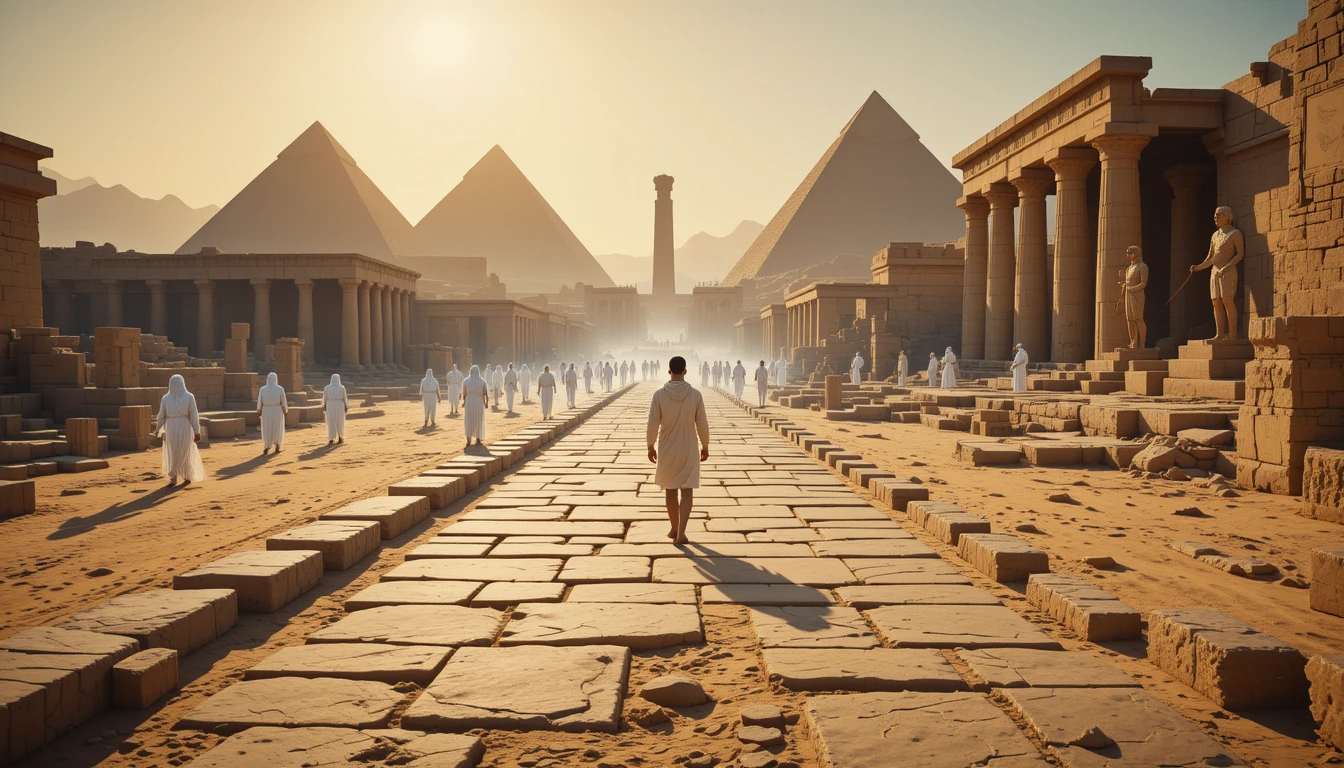
Egypt’s archaeological sites aren’t merely museums frozen in time—they’re living connections to a civilization that shaped human development in profound ways. Every new discovery adds another piece to the puzzle of human history, reminding us that our understanding of the past continues to evolve.
When you walk through these ancient sites, you’re not just observing relics—you’re following paths walked by pharaohs, priests, and common people whose lives, ambitions, and beliefs created one of history’s most remarkable civilizations. In Egypt, the past isn’t just preserved in museums; it’s embedded in the very landscape, waiting for curious travelers to uncover its secrets.
The question isn’t whether Egypt will surprise you—it’s how many times you’ll find yourself speechless in the presence of such extraordinary human achievement. Beyond the pyramids lies a world of wonders that will challenge everything you thought you knew about ancient civilization.
Come discover an Egypt that most travelers never see, where every sunrise illuminates new mysteries and every sunset leaves you planning your return.
Did you enjoy this post? You might also like this one as well Carthaginians: Ancient Rome’s Notorious Enemies Uncovered
